Locally Magnetized Vessel CFD Simulation Using UDF & UDM – ANSYS Fluent Tutorial
Locally Magnetized Vessel CFD Simulation Using UDF & UDM – ANSYS Fluent Tutorial
- Upon ordering this product, you will be provided with a geometry file, a mesh file, and an in-depth Training Video that offers a step-by-step training on the simulation process.
- For any more inquiries regarding the product, please do not hesitate to reach out to us at info@CFDLAND.com or through our online support assistant.
€180.00 Original price was: €180.00.€150.00Current price is: €150.00.
In this report, we explain how to perform a locally magnetized vessel CFD simulation using ANSYS Fluent. Magnetized vessel simulations are becoming more important in many industries today. When we need to model magnetic effects in fluid flow, ANSYS Fluent gives us powerful tools like User-Defined Functions (UDFs) and User-Defined Memory (UDM). These special features help engineers create accurate magnetic field simulations that would be impossible with standard settings. Locally magnetized vessel models are useful in medical devices, chemical processing, and other areas where magnetic fields interact with flowing fluids. Using UDFs in ANSYS Fluent lets us add custom equations to track how the magnetic field changes fluid behavior. The UDM in Fluent helps store important data during the CFD simulation process. This ANSYS Fluent tutorial will show you step-by-step how to set up a locally magnetized vessel simulation that gives accurate results. We’ll cover everything from creating the magnetic field UDF to analyzing the final magnetized flow patterns in the vessel. Additionally, we had a great guide as the reference paper entitled:
- Reference [1]: Javeed, Shama, and Il Hyo Jung. “Numerical analysis of the behavior of two-phase blood flow in locally magnetized vessel.” Chinese Journal of Physics86 (2023): 497-507.
Figure 1: Schematic diagram of blood flow in rectangular channel. magnetic field applied between two points [1]
Simulation process
The computational domain was constructed as a 2D model and discretized using a structured mesh approach to ensure high-quality numerical results. Due to inherent limitations in the standard MHD module of ANSYS Fluent for handling spatially varying magnetic fields, a custom solution approach was implemented. A specialized User-Defined Function (UDF) was developed to accurately model the localized magnetic field effects according to the governing equations presented in the reference paper. This UDF incorporates the magnetization force calculations and properly accounts for the spatial gradients of the magnetic field. Additionally, a User-Defined Memory (UDM) was utilized to store and track critical field variables throughout the simulation domain, enabling proper calculation of the Lorentz force and magnetic body forces at each computational cell. The UDF-UDM integration provides a framework for simulating the complex ferrofluid behavior under non-uniform magnetic field conditions, overcoming the software’s native limitations while maintaining computational efficiency and solution accuracy.
Post-processing
The simulation results show clear evidence of the magnetic field’s influence on flow behavior and temperature distribution in the vessel. The temperature contour (first image) displays a range from 300K to 315K, with higher temperatures (red regions) concentrated at the top boundary of the vessel. This thermal stratification indicates heat accumulation in the upper region of the magnetized vessel.
Figure 2; Temperature field with localized magnetic field
The velocity magnitude contour (second image) reveals an interesting flow pattern with maximum velocities reaching approximately 0.04 m/s. The flow acceleration is most pronounced in regions corresponding to the magnetic field influence, particularly visible as yellow-red zones on the left side of the vessel. This demonstrates how the magnetic field generates localized flow circulation and velocity gradients that wouldn’t exist in standard non-magnetized conditions.
The User-Defined Memory (UDM) contour (third image) directly visualizes the magnetic field distribution, ranging from -7.03 to +7.03 in arbitrary units. The sharp contrast between positive (red) and negative (blue) values shows the bipolar nature of the applied magnetic field, with a clearly defined transition zone in the center. This localized magnetic field implementation through UDM is responsible for the observed flow patterns and temperature distribution. The vessel experiences stronger magnetic effects in the central region, gradually diminishing toward the outer boundaries, creating a controlled zone of magnetic influence that drives the fluid behavior seen in the temperature and velocity results.
Figure 3: Velocity field with localized magnetic field
Figure 4: UDM visualization
We pride ourselves on presenting unique products at CFDLAND. We stand out for our scientific rigor and validity. Our products are not based on guesswork or theoretical assumptions like many others. Instead, most of our products are validated using experimental or numerical data from valued scientific journals. Even if direct validation isn’t possible, we build our models and assumptions on the latest research, typically using reference articles to approximate reality.
Yes, we’ll be here . If you have trouble loading files, having technical problems, or have any questions about how to use our products, our technical support team is here to help.
You can load geometry and mesh files, as well as case and data files, using any version of ANSYS Fluent.
€130.00 Original price was: €130.00.€85.00Current price is: €85.00.

€190.00 Original price was: €190.00.€95.00Current price is: €95.00.

€240.00 Original price was: €240.00.€135.00Current price is: €135.00.

€200.00 Original price was: €200.00.€115.00Current price is: €115.00.

€320.00 Original price was: €320.00.€175.00Current price is: €175.00.

€245.00 Original price was: €245.00.€185.00Current price is: €185.00.


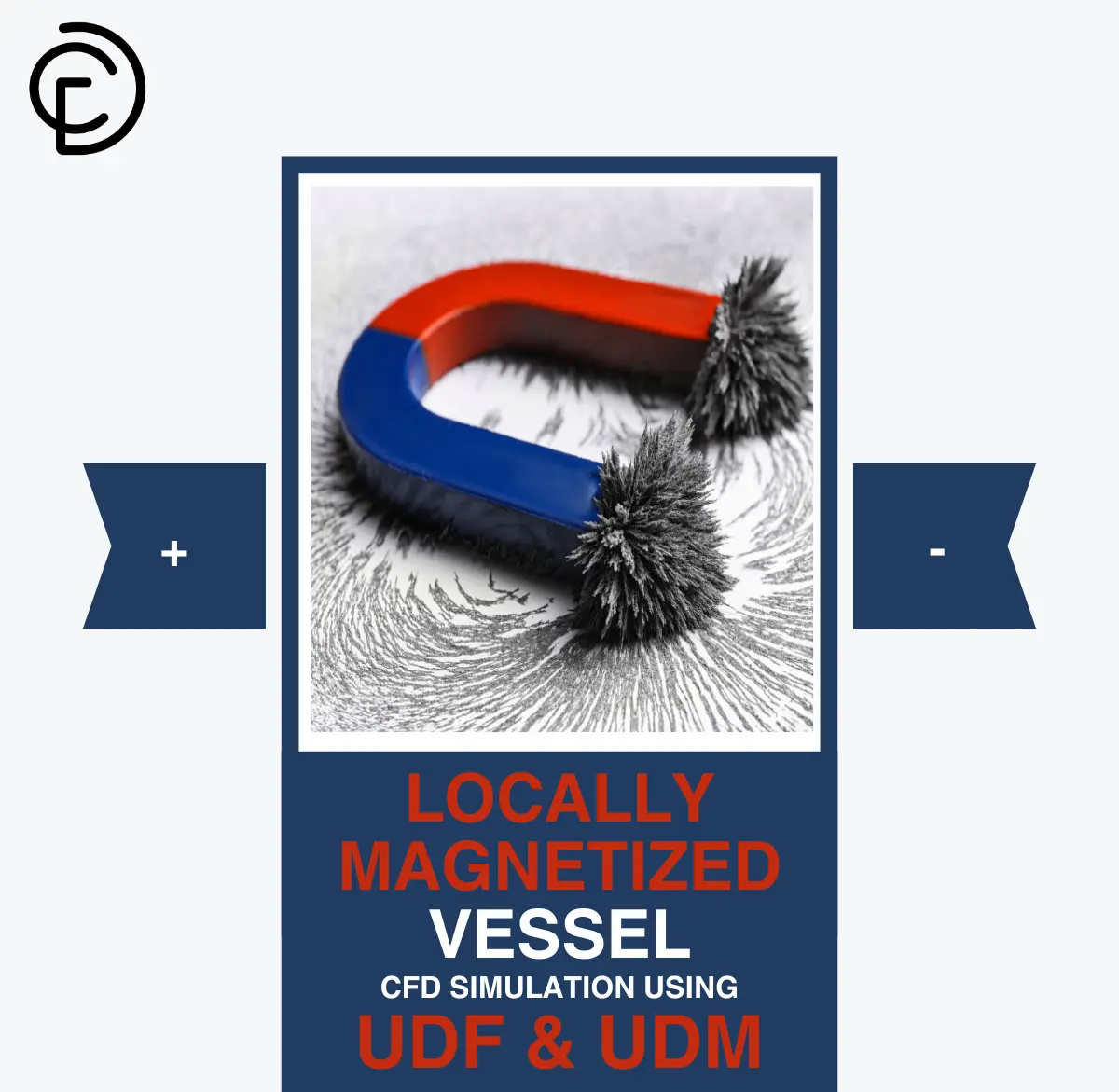
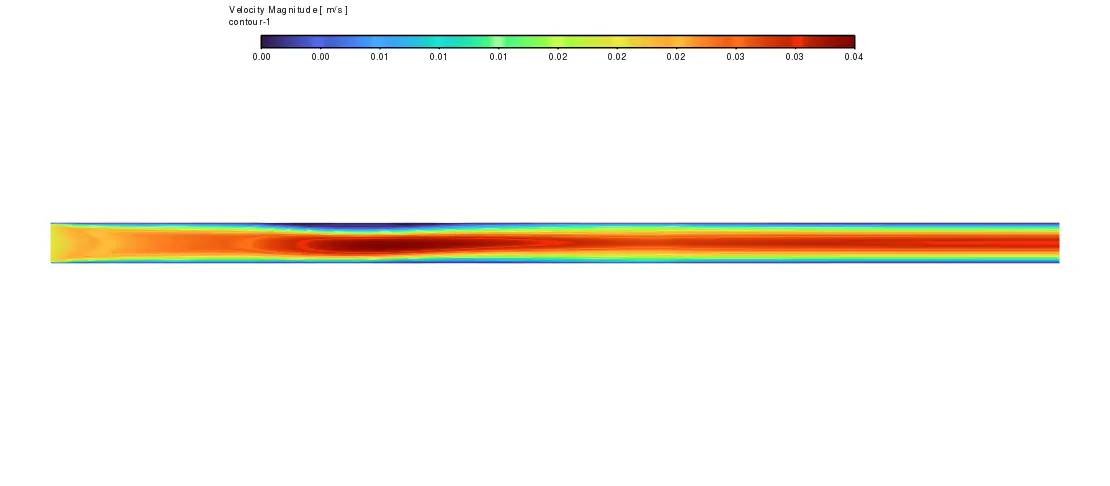
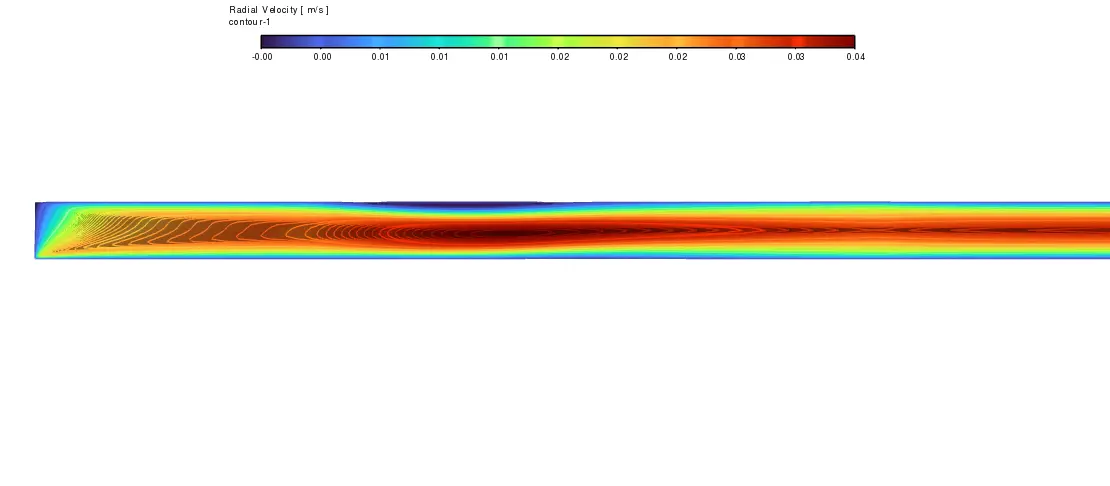
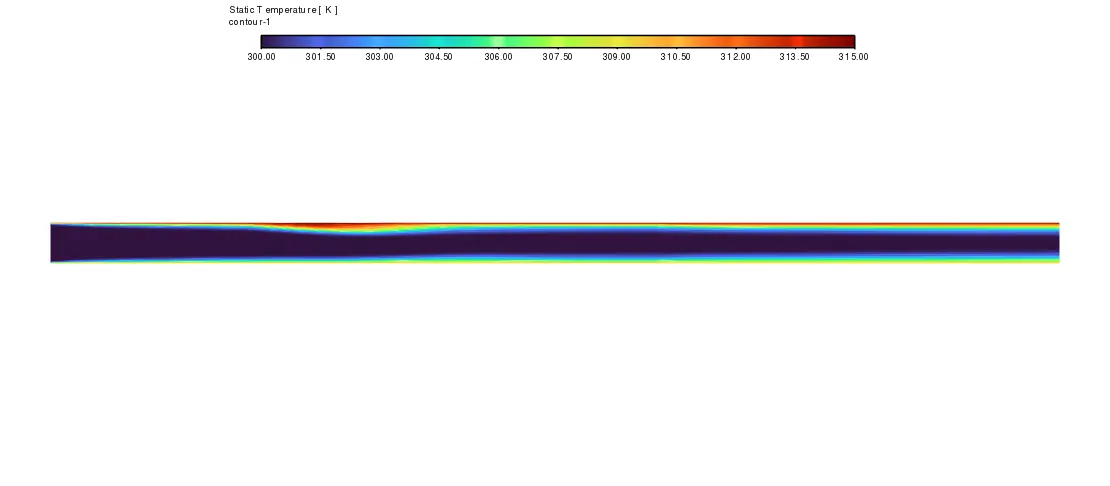



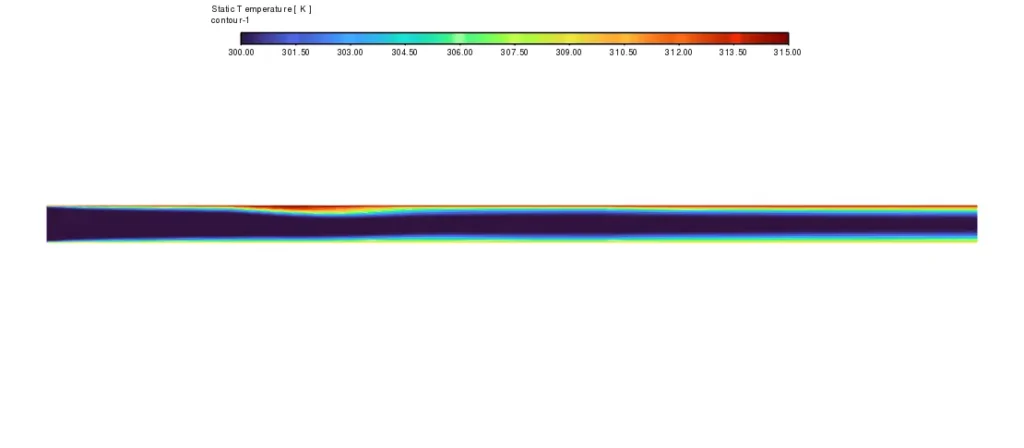













Reviews
There are no reviews yet.